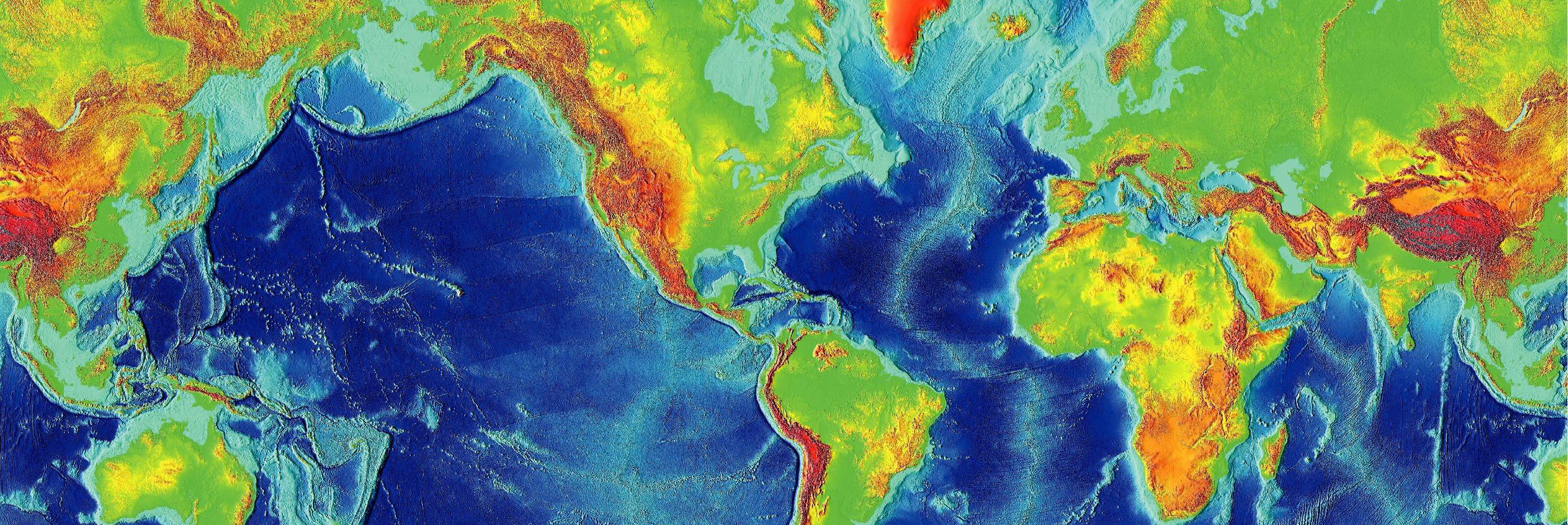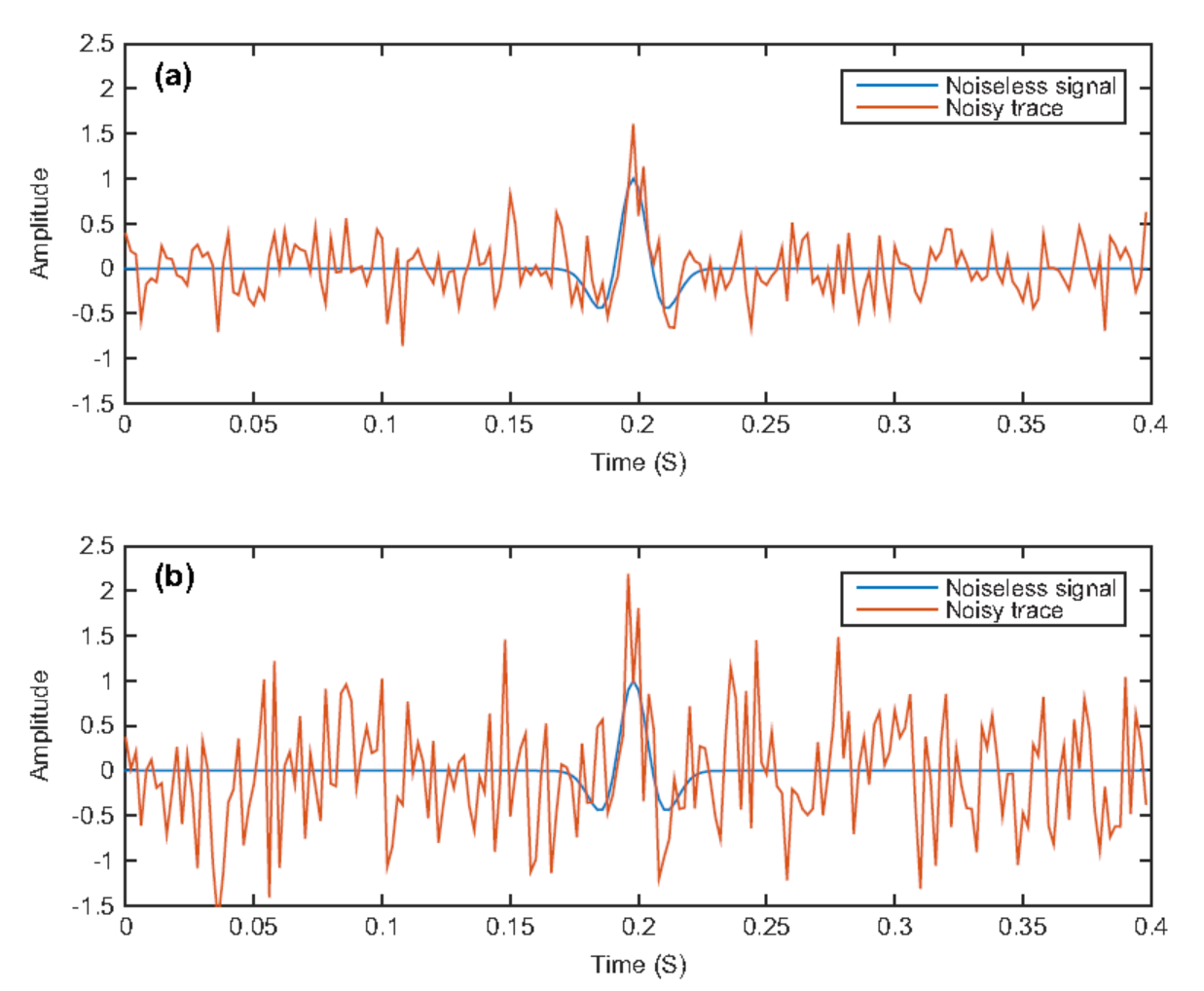Continuous recording of passive microseismic activity has recently been used in various applications, such as reservoir fluid-injection monitoring, hydraulic-fracture monitoring, and fault-movement monitoring, to name a few. The ability to accurately detect and analyse passive microseismic events (PME) generated by these activities is valuable in monitoring them. However, PME usually have very low signal-to-noise (SNR) especially if monitoring sensors (receivers) are located at the surface where interfering surface waves are overwhelming due to nearby surface sources.
A team lead by Prof. Abdullatif Al-Shuhail carried out a research project at CPG entitled “Application of Advanced Signal Processing Techniques to Enhance the Signal-to-Noise Ratio and Localization of Microseismic Events”. This research project was in collaboration with a team led by Prof. James McLellan from the Electrical Eng. Dept. at the Georgia Institute of Technology (GTECH).
In this study, we used advanced signal processing techniques to solve these PME problems. The goal was two-fold:
- Enhancing the PME picking, which is a major problem in processing surface microseismic data.
- Determining the PME source direction and possibly the location.

Research Objectives
The objectives in the project proposal included the following:
- Develop a workflow for processing microseismic data to determine optimum sensor geometries and robustly enhance the signal-to-noise ratio in the context of microseismic event monitoring. The deliverables were:
- Flowchart of the proposed workflow
- MATLAB code of the proposed workflow
- Generate synthetic microseismic data to test the developed method with the following deliverables:
- Code used to generate the synthetic data
- Generated raw synthetic data
- Generated synthetic data after processing through proposed workflow
- Obtain real passive microseismic data for testing the method. The deliverables were:
- Real raw data
- Real data after processing through proposed workflow

Fig 1: Schematic FWI workflow based on the Gauss-Newton Method

Fig 2: Spectrogram of the (a) original trace; (b) noisy trace, SNR= -2.5 dB; and (c) de-noising result. The red and green circles indicate the P- and S-wave arrivals, respectively

Fig 3: Noiseless and noisy traces: (a) SNR = -6.03 dB; (b) SNR = -12.01dB. The Corresponding PSNR values are 10.46 and 4.44 dB, respectively
Research Outcomes
This project consisted of developing and implementing new workflows for the purpose of microseismic event detection, enhancement, and localization. This was accomplished through developing, testing, and iterating over the following new algorithms using synthetic and real passive/active data sets:
- Automated SVD filtering of time-frequency distribution for enhancing the SNR of microseismic/microquake events.
- Iterative interferometry-based method for picking microseismic events.
- Microseismic events enhancement and detection in sensor arrays using autocorrelation based filtering.
- Sparse-promoting full-waveform inversion based on online orthonormal dictionary learning.
- Joint seismic data denoising and interpolation with double-sparsity dictionary learning.
- Seismic data denoising through multiscale and sparsity-promoting dictionary learning.
- Enhancement of microseismic events using tensor decomposition and time-frequency representation.
- Classification of arrival-time picks for microseismic event localization.
- An automatic arrival time picking method based on RANSAC curve fitting.
- Fast online orthonormal dictionary learning for efficient full waveform inversion.
- Full waveform microseismic inversion using differential evolution algorithm.
- Sparse blind deconvolution of seismic data via spectral projected-gradient.
- Observation-driven second-order statistics based IIR Wiener filter for denoising of microquake data.
- Data-driven based denoising filter for recovery of microquake signals.
- A multi-channel approach for automatic microseismic event localization using RANSAC-based arrival time event clustering (RATEC).
- Automatic microseismic event detection using CFAR processing in time – frequency domain.
- Passive seismic event localization using Bayesian based compressive sensing.
In addition, at the conclusion of the project, the research team collaborated further with Professor Leo Eisner, a world authority on microseismic methods, to write a review paper titled “Array processing in microseismic monitoring” which was published in the IEEE Signal Processing Magazine.
References:
The following ISI journal papers were published by the team researchers as products of this project:
- Zhu, E. Liu, and J. McClellan (2017). Sparse-promoting full-waveform inversion based on online orthonormal dictionary learning. Geophysics (2015 ISI IF = 2.017), 82(2), R87-R107.
- Zhu, E. Liu, and J. McClellan (2015). Seismic data denoising through multiscale and sparsity-promoting dictionary learning. Geophysics (2015 ISI IF = 2.017), 80(6), WD45-WD57.
- Entao Liu, Lijun Zhu, Anupama Govinda Raj, James H. McClellan, Abdullatif Al- Shuhail, SanLinn I. Kaka and Naveed Iqbal, 2017. Microseismic events enhancement and detection in sensor arrays using autocorrelation based filtering: Geophysical Prospecting (2015 ISI IF = 1.835), DOI: 10.1111/1365-2478.12491.
- Naveed Iqbal, Abdullatif A. Al-Shuhail, SanLinn I. Kaka, Entao Liu, Anupama Govinda Raj, James H. McClellan, 2017. Iterative interferometry-based method for picking microseismic events: Journal of Applied Geophysics (2015 ISI IF = 1.355), 140:52-61.
- Zhu, E. Liu, and J. H. McClellan, Joint Seismic Data Denoising and Interpolation with Double-Sparsity Dictionary Learning, accepted to Journal of Geophysics and Engineering (2015 ISI IF = 0.736).
- Naveed Iqbal, Azzedine Zerguine, SanLinn Kaka and Abdullatif Al-Shuhail, 2016. Automated SVD filtering of time-frequency distribution for enhancing the SNR of microseismic/microquake events: Journal of Geophysics and Engineering (2015 ISI IF = 0.736), 13:964-973
